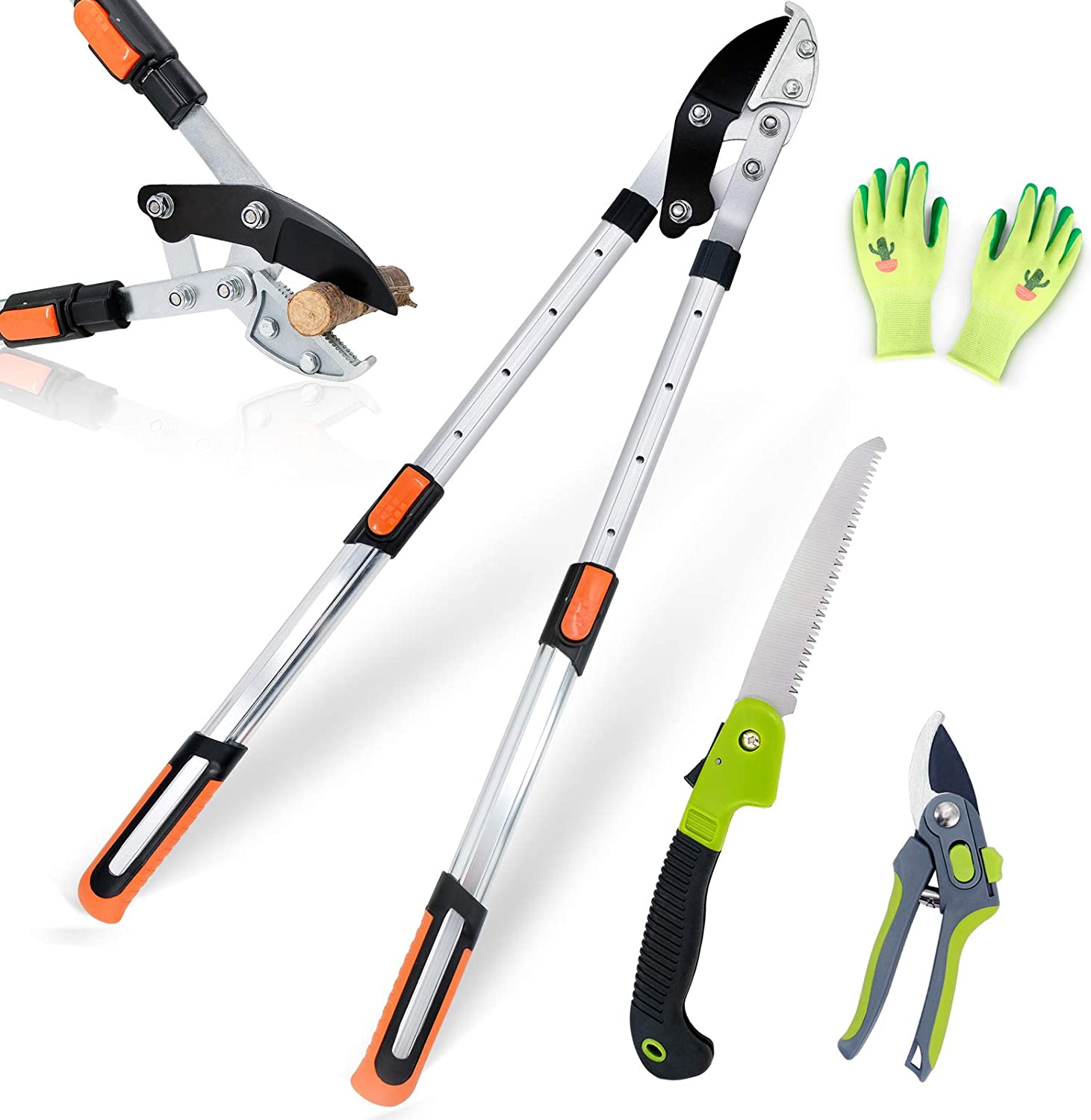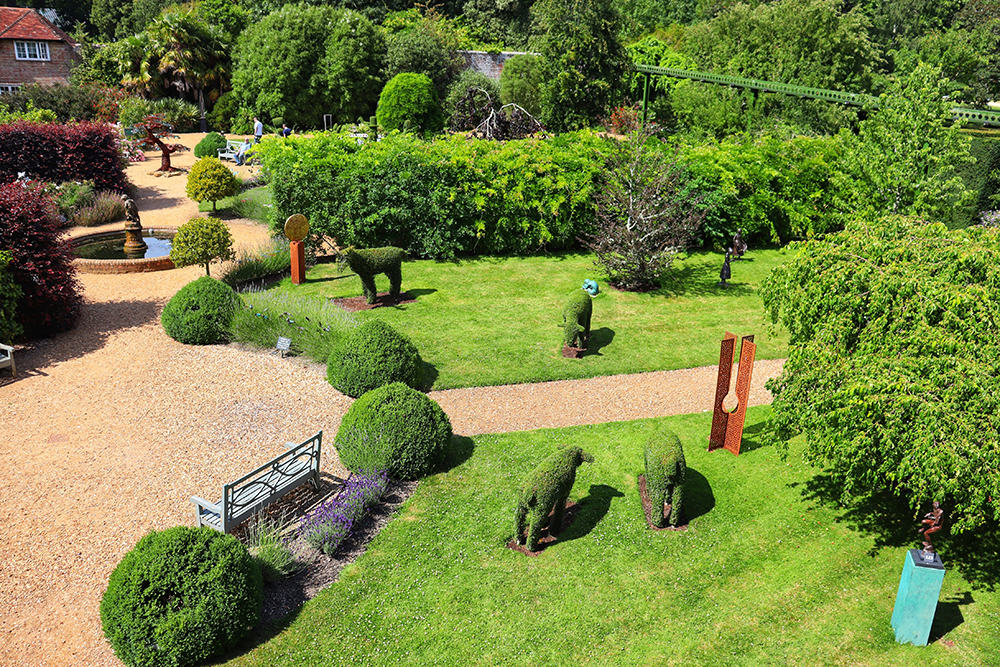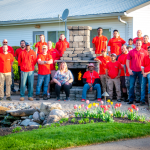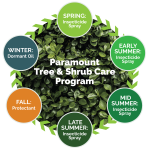How to Trim Boxwoods
Is Your Landscaping Suffering from Overgrown Shrubs?
If you’ve moved into a new home or haven’t had a chance to address your landscaping in awhile, it’s likely you’ll see some overgrown shrubs in your yard. Here’s how to trim boxwoods, one of the most common evergreen shrubs.
A boxwood can be trimmed anytime of year, but major pruning should happen from late winter to early spring, before the shrub starts to “flush” (show new, bright green growth).
“Early spring, before boxwood begin to flush, is the best time of year to prune. Any old winter color, or tips that have been burned over the winter season, can be trimmed away and will disappear after the spring flush.”
How to Trim Boxwoods: The Tools to Use
Pruning shears, loppers and hand saws are all good tools to have when trimming boxwoods. This particular set can be found on Amazon.

How to Trim Boxwoods that are Overgrown
We’ve all encountered a forgotten boxwood that has grown too large. The exterior of the shrub is thick and hardy, while the interior is bare and brown. The key to bringing your boxwood back to good health and a pleasing shape is to prune the entire plant, not just the tops and sides. This article has a great step-by-step guide, and here are a few tips to get you started:
- Remove all dead branches and leaves from the shrub
- For large, clumpy branches that stick out awkwardly, trace them back to the root to remove the entire branch
- Your boxwood may have to go through an “ugly” phase for a season, and might have bare patches to help it achieve your desired shape
- It may take a few seasons to truly rehabilitate your boxwood. Only cut off up to one-third of the shrub’s height at each pruning session
How to Trim Boxwoods for Shape
- First, you need to have a shape in mind. Blind pruning will result in an unappealing shape. For inspiration, check out this HGTV article on boxwood designs.
- Next, clear out any dead, damaged or diseased branches. Make sure to check the interior of the bush thoroughly.
- Then, prune the interior with the goal of thinning it out. This will increase light and airflow into the interior of your shrub and promote interior growth. It’s a good way to prevent your boxwood from becoming overgrown.
- Finally, it’s time for shaping. Don’t just trim off branches and twigs that stick out. Follow the undesired growth back into the shrub and prune if off lower into the shrub.
- As you shape and prune, regularly “fluff” the shrub up and take a step back to make sure your cuts are following your intended design.
Once your boxwood is shaped how you like it, feel free to frequently prune new growth throughout the season to help it maintain the shape.
Check Out this Video for How to Trim Boxwoods
This video from The University of Maryland Extension Home and Garden Information Center shows great tips on pruning boxwoods, along with the tools to use and how to achieve your desired shape.
How to Trim Boxwoods the Wrong Way
If you want to enjoy your shrubs for years to come, you’ll want to avoid some common pruning mistakes. Here’s how to trim boxwoods the wrong way:
- Avoid using electric hedge trimmers on boxwoods that are overgrown and have a lot of dead branches on the interior. (Electric hedge trimmers are OK on healthy shrubs that just need a touch-up).
- Never prune more than 1/3rd of the shrub off at a time. If your shrub is much too large for your liking, pruning it back could take more than one season.
- Don’t engage in heavy pruning during the growing season. This may mean you need to learn to live with your boxwood until the fall.
- Stop pruning if it becomes clear your tools aren’t sharp. Dull blades can rip or shred bark, inviting disease and pests to take advantage of your shrubs.
Concerned for Your Boxwoods’ Health?
If one or more of your shrubs is looking unwell, Paramount Lawn + Landscape can help. We’ve turned around many trees, shrubs and other plants using these tree and shrub care methods:
- Six-application annual spray program
- Injection root feeding
- Deep root fertilization
A tree and shrub care maintenance plan is a great addition to our lawn fertilization program. Contact us to start loving your lawn and landscape again.










